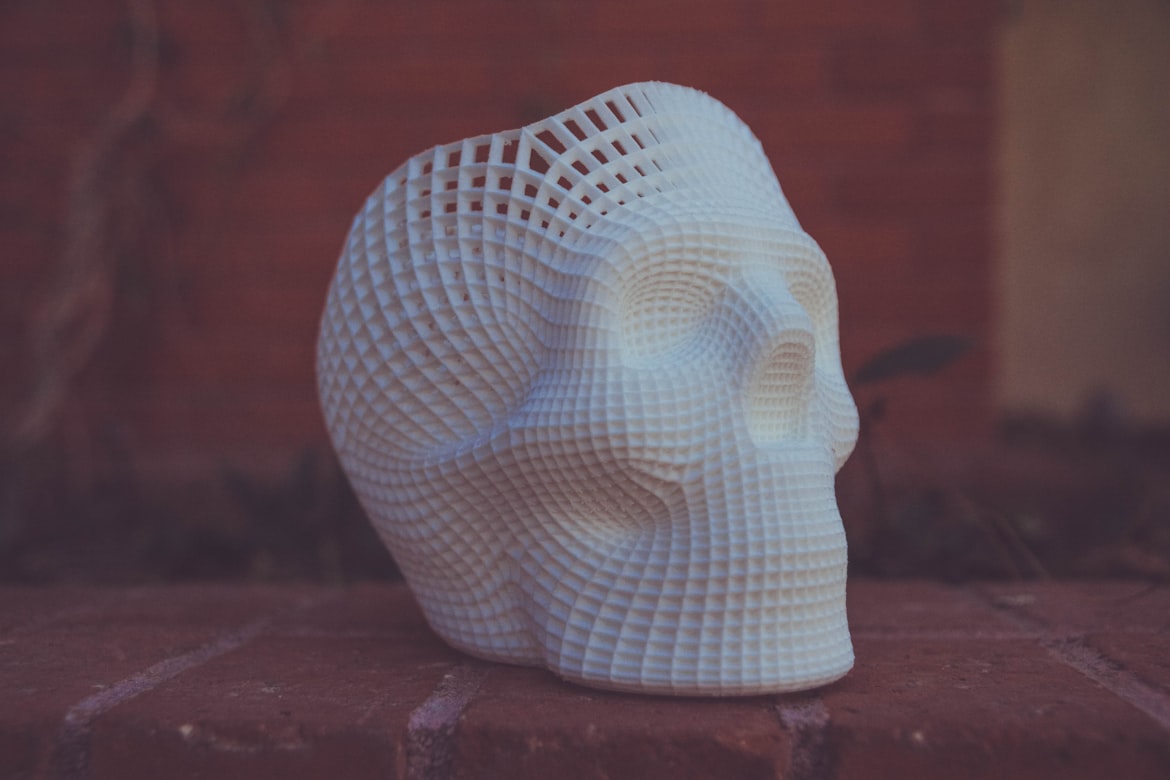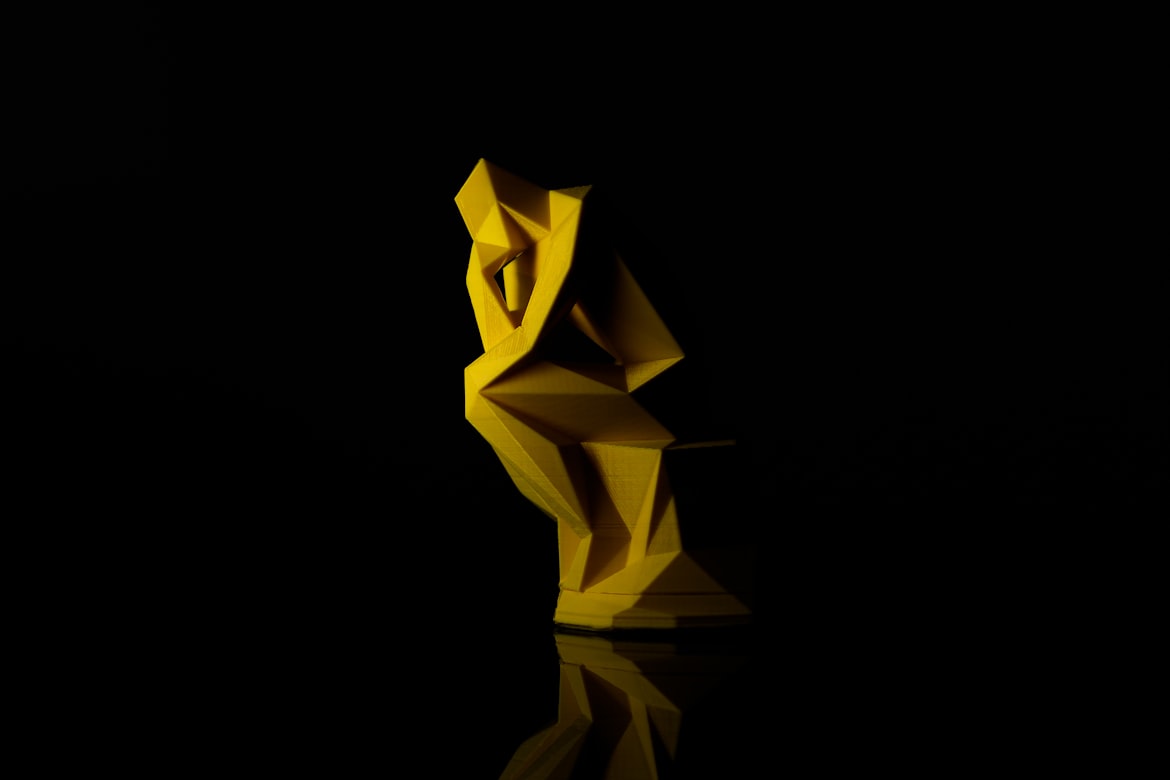What Is The Difference Between 3D Modeling And 3D Scanning?
3D scanning and modeling are both important tools in the field of 3D design. However, many people are still unclear on their differences. In this post, we'll take a look at the main differences between 3D scanning and modeling. We'll also take a look at their similarities and differences from a design perspective. Keep reading to learn more.
What is 3D scanning and modeling?
3D scanning and modeling is a process by which people create 3D models of physical objects.
3D scanning and modeling costs vary based on the type of equipment used, how highly detailed you would like your model to be, and the number of scans it takes to create a usable model. A low-detail scan of a 10-inch statue might cost under $100, while a high-quality scan of a large statue that is created from multiple scans could cost several hundred dollars.
What are the differences between the two?
3D scanning and modeling are two different technologies. 3D scanning is used to map a physical object with high resolution. 3D Modeling is used to create a geometric representation of an object.
To understand the difference between 3D scanning and 3D Modeling, let's take a quick look at a simple example. Say, you want to scan a door knob. To do this, you take multiple 3D scans of the door knob from different distances and angles. The scans are then combined and reconstructed to form a 3D image of the door knob.
3D Modeling, on the other hand, is used to draw a geometric representation of an object. For example, let's say you want to draw a model of the door knob. You take multiple pictures of the door knob from different distances and angles. This data is then used to create a 3D model of the door knob.
How does 3D scanning differ from 3D modeling and 3D printing?
3D scanning and modeling are two different methods of creating 3D models. 3D scanning is a process of taking pictures of an object from all angles, while 3D modeling is the process of creating a model of an object using computer algorithms.
3D printing is a process of creating a three-dimensional object from a digital file. 3D printing technology can be used to create objects from a variety of materials, including plastic, metal, and even food.
3D scanning and modeling are both useful tools for creating accurate 3D models of objects. 3D scanning is faster and more affordable than 3D modeling, and it can be used to create models of almost any shape or size. 3D modeling is more time-consuming but can be used to create models of higher quality.
3D printing is a versatile process that can be used to create a variety of objects. 3D printing technology can be used to create objects from a variety of materials, including plastic, metal, and even food.
3D scanning and modeling are two different methods of creating 3D models. 3D scanning is a process of taking pictures of an object from all angles, while 3D modeling is the process of creating a model of an object using computer algorithms.
3D printing is a process of creating a three-dimensional object from a digital file. 3D printing technology can be used to create objects from a variety of materials, including plastic, metal, and even food.
How 3D scanning and modeling can be used together.
Over the last few years, 3D scanning and modeling have become increasingly popular among various industries, including architecture, manufacturing, and design. These two technologies are often used together to produce accurate representations of real-world objects.
So, how do 3D scanning and modeling work, exactly?
3D scanning involves the process of capturing a real-world object's shape and appearance in three dimensions. This is done by taking one or more digital photographs of the object from different angles and then using computer software to calculate distances and angles between multiple points on the object.
These points can then be used to create a digital polygon mesh of the object, which can then be used to create accurate 3D models.
3D scanning can be used for many different purposes, including:
- Creating accurate 3D product models for computer-aided design (CAD).
- Building realistic digital replicas for video games and movies.
- Recreating buildings, sculptures, and works of art for museums and other public spaces.
- Creating models for 3D printing.
- Creating a digital copy of an original object.
How 3D scanning and modeling can be used in various industries.
3D printing is gradually becoming a mainstream technology, with many people using it to prototype new products and speed up manufacturing.
The process can be used in various industries, such as aerospace, automotive, architecture, construction, engineering, healthcare, fashion, and graphic design. Here are four ways in which 3D printing can be used.
Aerospace: 3D printing is used for production of aircraft components. The aerospace industry is increasingly using 3D printing to produce structural parts such as aircraft fuselage sections.
Automotive: 3D printing can be used for production of prototype parts, which, in turn, leads to better design and faster production. 3D printing can also significantly reduce the cost of production, enabling more manufacturers to enter the automotive market.
Architecture: Architecture companies are increasingly using 3D printing to create 3D architectural models, building parts, and interior designs.
Construction: 3D printing can be used to print house components and house models.
Healthcare: 3D printing can be used to print implants and medical devices.


